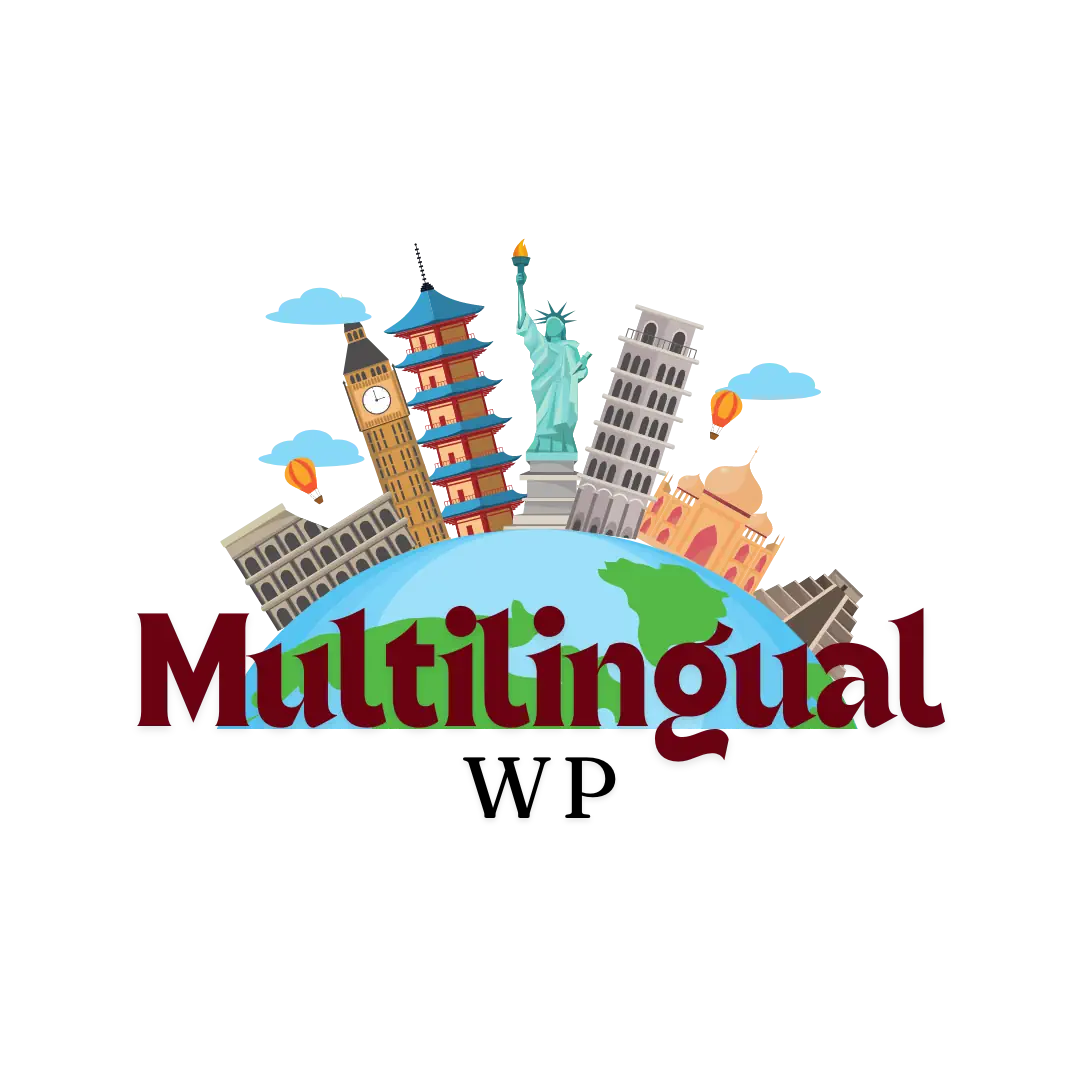WooCommerce stores often rely on dynamic content — product data pulled from databases, pricing fields, tax rules, buttons, labels, cart notices, checkout text, account pages, shipping messages, and automated emails. When building a multilingual WooCommerce site, translating only static pages is not enough. You must translate this dynamic content to deliver a consistent shopping experience in every language.
Incorrect or incomplete WooCommerce translations can frustrate customers, reduce conversions, and lead to abandoned carts.
This tutorial explains how to translate WooCommerce’s dynamic content using the most reliable multilingual tools, while maintaining SEO and performance standards.
What Counts as Dynamic Content in WooCommerce?
Dynamic content includes information generated by WooCommerce and other plugins, such as:
- Product titles, descriptions, attributes, and variations
- Prices and currency display rules
- Add to cart labels and product badges
- Shipping options and store messages
- Cart and checkout labels
- Account dashboard text
- Emails and order notifications
- Tax and stock messages
- Payment gateway labels
- Upsell and cross-sell product listings
If any of this content appears untranslated, users may feel uncertain or abandon the checkout.
Preparing Your WooCommerce Site for Translation
Before translating dynamic content, make sure:
- WooCommerce is properly configured
- Products and taxonomies are fully set up
- Store email templates are customized
- URL structure for languages is defined
- Translation plugin is installed and configured for WooCommerce
You should also verify theme and plugin compatibility with your translation tool.
Best Plugins for Dynamic WooCommerce Translation
| Plugin | Dynamic Content Support | Notes |
|---|---|---|
| WPML | Full WooCommerce integration | WooCommerce Multilingual addon required |
| Polylang | Requires Polylang for WooCommerce addon | Strong control over translations |
| TranslatePress | Front-end visual editor | Auto-detects dynamic elements, WooCommerce add-on |
| Weglot | Automatic detection and translation | External dashboard, fast setup |
Tutorial: Translating WooCommerce Dynamic Content
Step 1: Translate Product Content and Variations
Translate:
- Product name and description
- Short description
- Attributes (color, size, material)
- Variation text
- Product slugs
- SEO meta data
In WPML:
WooCommerce Multilingual > Products > Translate Product
In Polylang:
Open the product editor and assign translations manually
In TranslatePress / Weglot:
Use the visual interface and hover to translate any product-related string
Step 2: Translate Store Messages and Buttons
Common strings include:
- Add to cart
- In stock / Out of stock
- Sale / Discount labels
- Continue shopping
- View cart / Checkout
Locate and translate strings using the plugin’s String Translation tool.
In WPML:
WPML > String Translation
In Polylang:
Languages > String translations
TranslatePress:
Hover text in front-end translator
Weglot:
Dashboard → Translations → Search string
Step 3: Translate Cart & Checkout Fields
Translate:
- Form field labels
- Error messages
- Payment gateway text
- Cart notices
- Delivery options
Check them visually on:
- Cart page
- Checkout page
- Thank-you page
Step 4: Translate WooCommerce Account Pages
Pages include:
- My Account
- Orders
- Downloads
- Addresses
- Payment methods
- Account details
- Logout
Ensure menu links are translated and mapped to language equivalents.
Step 5: Translate Emails & Transactional Messages
Emails include:
- New order
- Processing order
- Completed order
- Customer invoice
- Password reset
In WPML:
WooCommerce > WooCommerce Multilingual > Emails
TranslatePress / Weglot:
Preview email template and translate dynamically
Step 6: Translate Dynamic Elements Generated by Themes & Plugins
Examples:
- Wishlist buttons
- AJAX cart messages
- Reviews and star ratings text
- Filters and search labels
- Membership or subscriptions text
- Loyalty points and coupons text
Use string search if the translation tool does not auto-detect.
Handling Currencies and Price Localization
If selling globally, consider currency switching and localization:
- Currency format per locale
- Decimal separators
- Tax display rules
- Currency code vs symbol
- Rounding rules
Recommended plugins:
- WooCommerce Multilingual (WPML)
- WooCommerce Currency Switcher
- Multi-Currency for WooCommerce
SEO Considerations for Multilingual WooCommerce
Make sure to:
- Translate product slugs
- Translate category and tag taxonomies
- Add hreflang tags
- Create localized sitemaps
- Redirect users by language preference only when allowed
- Avoid duplicate content across languages
Each product page must have its own language-specific URL.
Testing Before Going Live
Verify:
- All dynamic strings are translated
- Cart and checkout flow works in each language
- Emails send properly in translated form
- Currency displays correctly
- Search and filters return correct language results
- Breadcrumbs and menus are localized
- Analytics tracking is configured per language
Browse the store in each language as if you were a customer.
Troubleshooting Tips
| Problem | Solution |
|---|---|
| Some strings not detected | Search in string translation tools |
| Wrong language email sent | Check WooCommerce email translation settings |
| Mixed language output | Disable caching until configuration completes |
| Price formatting incorrect | Adjust currency settings |
| Product variations not syncing | Duplicate and translate variations properly |
Final Thoughts
A multilingual WooCommerce store must translate more than product text. Proper dynamic content translation ensures:
- Customers understand every step of the buying process
- Checkout and payment flow is seamless
- Trust and conversions increase
- SEO remains strong across languages
- The buying experience feels native and professional
With the right tools and workflow, you can build a global ecommerce store that scales without sacrificing usability or performance.
